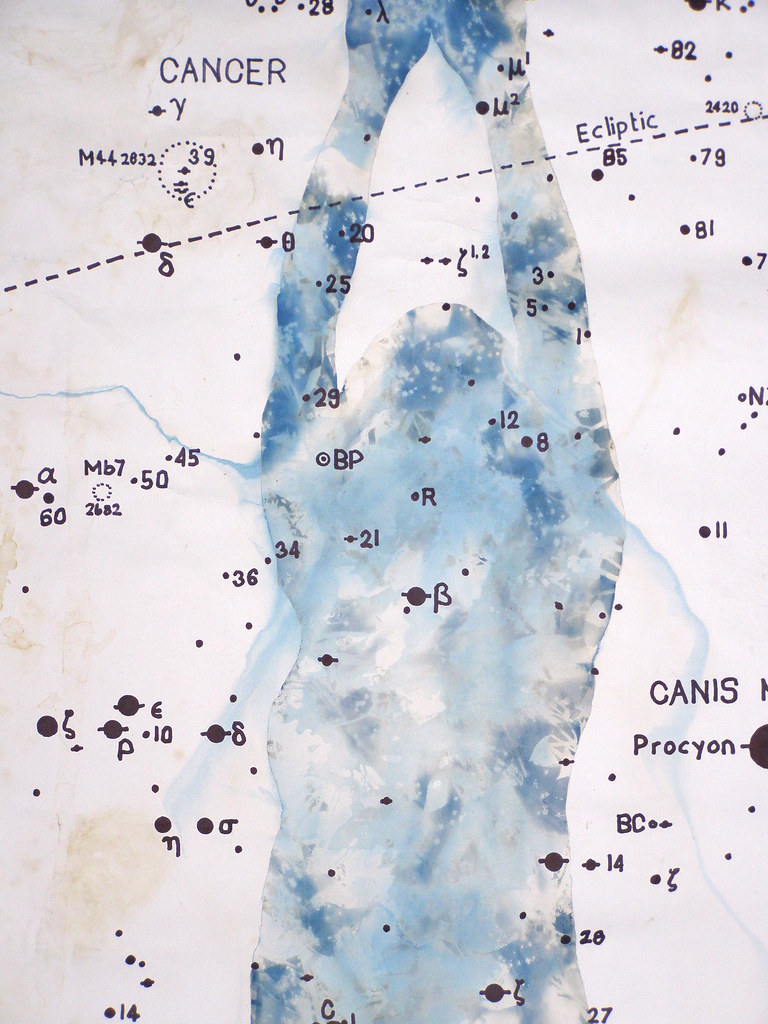#contemporary art practice
Photo
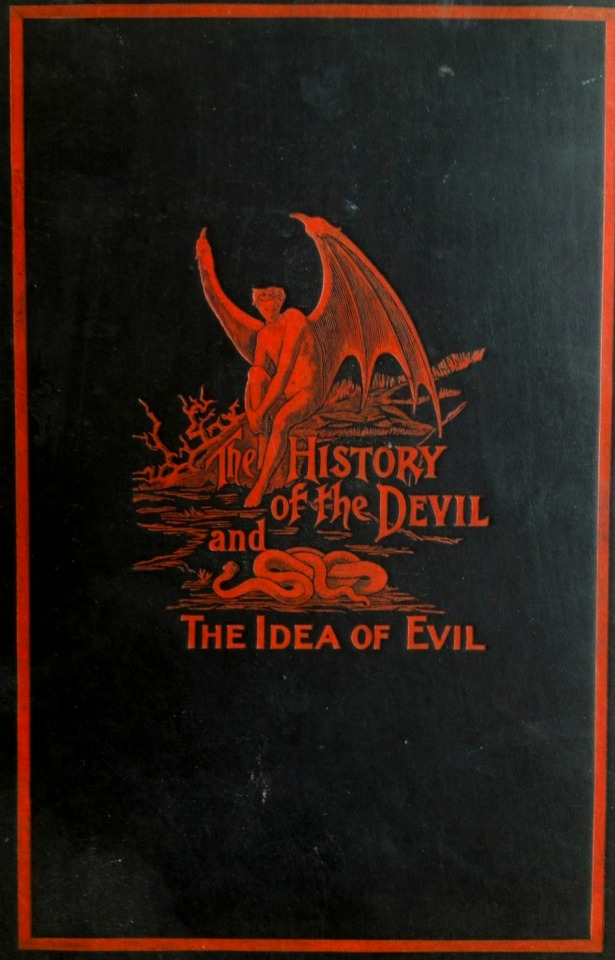
#history of the devil and the idea#demonic#the fallen angel#books#cover books#cover art#philosophical principles#practice of evil through#dark forces#contemporary manifestations of evil#book#cover#cover book#literature#goth aesthetic#gothic aesthetic
3K notes
·
View notes
Text

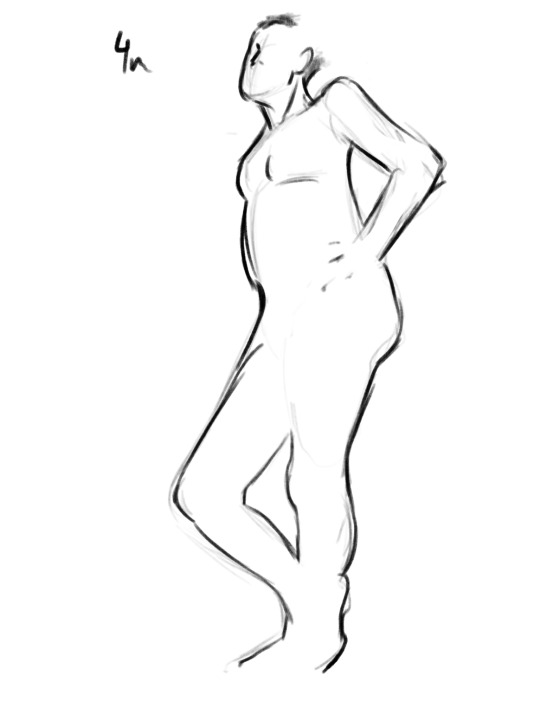
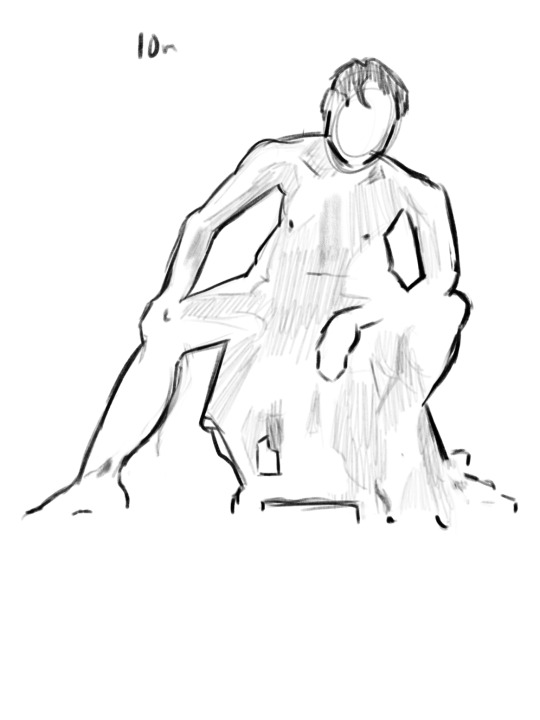
Did some interesting figure studies today where we weren't allowed to define any points where the figure touched themself or another object.
I found it so counterintuitive to try and draw like this but it definitely creates some very visually interesting results.
#art#drawing#doodle#artwork#sketch#illustration#digital art#digital doodle#digital drawing#digital illustration#life drawing#figure drawing#contemporary figure drawing#art practice#artists on tumblr#my art#according to my instructor this is meant to get us to stop thinking about the figure and the other aspects of the scene as different objects#so do with that what you will#this definitely forced me to focus on the negative space of the pose a lot more
22 notes
·
View notes
Text

Well you know what they say. As they stitch up your veins, it's hereditary.
I'm taking a break from the Homestuck fan art to focus on shit that I care about and branching out my work, go back to the fundementals. Don't get me wrong, fan art is fun but I feel like I do mostly because it gets notes and forget about building a foundation and skill. Bad for art health because I get sloppy. It's the same issue I had years ago when I first posted.
I also get really in my head about art, and I lose the ability to push myself. Not having any friends or artists around doesn't help.
I did just quit my job so maybe that'll push my ass to gears.
#art#drawing#concept art#illustrator#artists on tumblr#surreal#artwork#illustration#sketch#design#my art#art tag#traditional drawing#my draws#tumblr draw#hand drawn#art practice#color#colorful#fine art#contemporary art#modern art#women in art#colored pencil#surrealist art#creepy art#horror#telltale#telltaletheband#hereditary
23 notes
·
View notes
Text
🍀spring is back into my body and soul🍀
Insta account📸:j0lie11
#dancers#contemporary art#dance practice#dance#dark academia#ballet#dancer#ballet dancer#female hysteria
23 notes
·
View notes
Text

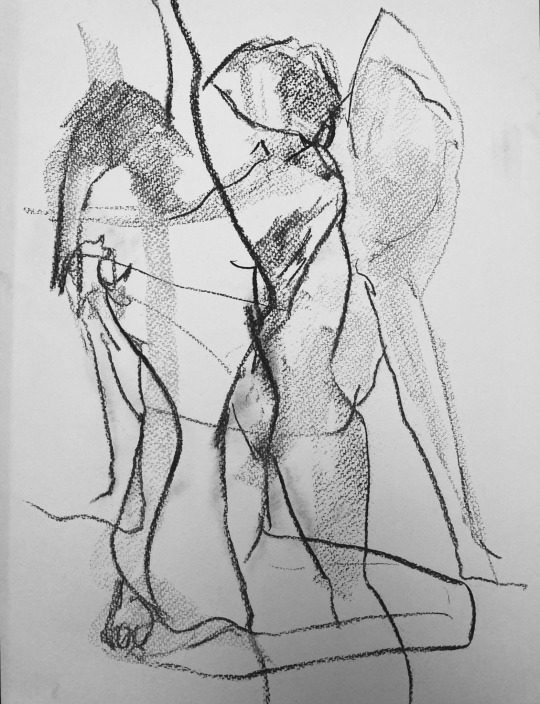
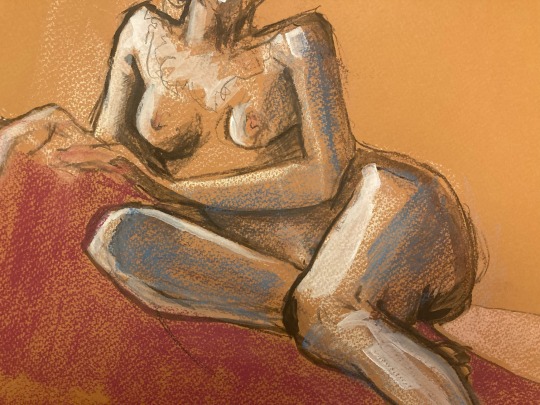


Pastel, charcoal and a little random acrylic drawings by @ciaraslevin
#art#artwork#artists on tumblr#my art#belfast#contemporary art#drawing#quick sketch#draw practice#charcoal drawing#pastel drawing#sketching practice#artistic#body art#art lover#artistry
15 notes
·
View notes
Text

12.26.2022
#my art#acrylic painting#artists of tumblr#makeart2022#traditional artist#artists on tumblr#art#rgb lights#illustration#gamers of tumblr#contemporary art#portrait painting#portraiture#nocturne#acrylic on canvas#face drawing#face painting#hands practice#hand drawings#hand painting#makeart2023
15 notes
·
View notes
Text

Last night’s drawing. I make these tiny drawings right before I get into bed.
I use a 6B pencil and any paper that’s to hand. I have to make drawing as easy as possible, especially at that time of night, so I have a pencil and paper ready on my desk all the time.
#abstract art#artists on tumblr#contemporary art#drawing#abstract drawing#intuitive art#pencil drawing#intuitive#pencil art#pencil#graphite#graphite drawing#liminal#subconscious#daily drawing#daily art#daily art practice
8 notes
·
View notes
Text
the immense mental strength that is required to go through and back up all of my mortifying Teenager Era writing and art from my ancient ipad mini... i want to magnet it onto the fridge and use it to display a kanban board or something for household chores, but UNFORTUNATELY, this process requires me to confront things like 1) my defunct webcomic (TERRIBLE) 2) ancient fanfiction (ALSO TERRIBLE) and 3) overwrought trying-to-be-poetic notes about Struggling With Self-Harm from when i was fifteen
#the trashcan speaks#extreme whiplash because theres also a bunch of pictures of roughly contemporary oil paintings#which are like. actually good???#and then RIGHT NEXT TO IT there's your bog standard Uncomfortably Flat Anime Girl With Hands Behind Back#i thought i was just fundamentally Bad at digital art but in hindsight the actual problem was 0 practice drawing humans
31 notes
·
View notes
Text
Stories from the weave studio - March
The vernal equinox, a jumping off point into new projects, a new collaboration, and a final view of a completed commission.

View On WordPress
#a sense of place#art for interiors#contemporary craft#contemporary weaving#creative practice#fibre art#fine art#handweaving#handwoven textiles#mixed media art#nature#poetry#seasons#Sustainable practice#trees
36 notes
·
View notes
Text
fur, money, adventure: mechanisms of colonialism and survivance
riel ✰ | march, 2023
“Of all the things on earth, the motherland is the most important
and sacred to us because we inherited it from our ancestors,”
- Louis Riel

Fig. 1, Wilson. I. Former Jean Caron Sr. House, Batoche Saskatchewan. Image courtesy of I. Wilson and Parks Canada
I am Red River Métis, descending maternally from historic Métis families by the names of Berthelet, Caron, Ste. Germain, Larivière, Dazè, Dubois, and Boudreau; we come from the Red River Settlement in Manitoba and Batoche, Saskatchewan. My Berthelet family members were employees of the North-West Company and community leaders in the town of Pointe à Grouette, now Ste. Agathe (St. Onge). My fifth great uncle Jean Caron Sr. fought in the Battle of Duck Lake of the North-West Resistance of 1885, with his sons and under the command of Gabriel Dumont, Jean Caron Sr’s house still stands in Batoche to this day (fig. 1). I introduce myself in this way, the traditional way of the Métis to situate myself on this land and contextualise my knowledge and experiences.
My practice serves to counter the settler-colonial understanding of Métis people and our history and establish us as a people who have been practising survivance for generations. With the help of aesthetics of survivance I oppose mechanisms of colonialism; aesthetics including the Hudson’s Bay Company’s bloody legacy, the monuments and public art installed throughout Calgary, the suburban cowboys that come out of hiding in their McMansions on the outskirts of the city, riding their steel steeds, raised trucks, to the summer Stampede. The aesthetics of survivance are “[...]more than survival, more than endurance, or mere response, [...] stories of survivance are the creases of sovereignty,” (Vizenor, 15). In her 2019 book The North-West is Our Mother by Jean Teillet, the author compares the birth of the Métis Nation to human birth; messy, bloody, painful. Our history is vastly complex and controversial in the eyes of the average Canadian settler today. It is a history that makes settlers uncomfortable, confused, sometimes defensive and angry in response to lack of knowledge and this ignorance is often no fault of their own. Canada has a carefully curated canon of history that we are all spoon-fed in school until given the chance to learn the other sides of this history, to think critically and hear stories of survivance.

Fig. 2, The Bay “Shopping is Good” advertisement, 2000. Courtesy of the HBC History Foundation
Countering aesthetics of survivance, The Hudson’s Company has developed their own aesthetics of colonialism. “Fur! Money! Adventure! That [is] what the Hudson’s Bay Company territory had to offer Englishmen and Canadians three hundred years ago,” (Sealy, 1). From the very beginning of the point blanket, with its iconic stripes on white wool, traded for a single beaver pelt to an advertisement from the year 2000 (fig. 2). An image of a nuclear family wearing matching white outfits in a clean white room. Everything accented with green, red, yellow, and indigo stripes, down to the scarf that the grandmother is knitting, referencing the histories of trade and handmade goods long abandoned by the HBC in favour of their modern department store model and multiple aesthetic rebrands throughout the years after the industrial revolution (Toneguzzi). The advertisement simply states, ��Shopping is Good, Toronto”. Pro pelle cuttem, a pelt for a skin, a skin for a skin.

Fig. 3, Starr, Riel. Image of the original HBC logo, downtown Calgary. Image courtesy of the artist.
The HBC shield on a building in downtown Calgary (fig. 3) is a grim reminder of the bloody birth of this country, laughing in my face. As Billy Ray Belcourt puts it: “Canada is still in the business of gunning down NDNs. […] Despite the stories of progress and equality at the core of Canada’s national identity, a long tradition of brutality and negligence is what constitutes kinship for the nation of citizens sat atop the lands of older, more storied ones. […] What I can do is love as though it will rupture the singularity of Canadian cruelty.” (Belcourt, 5)
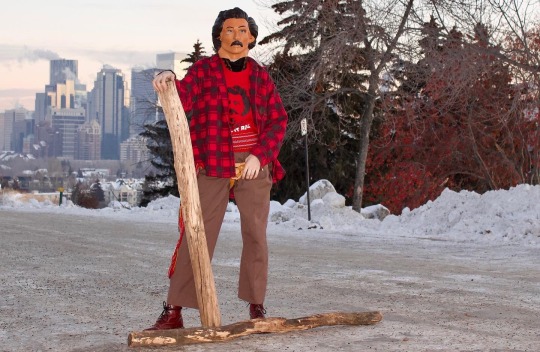
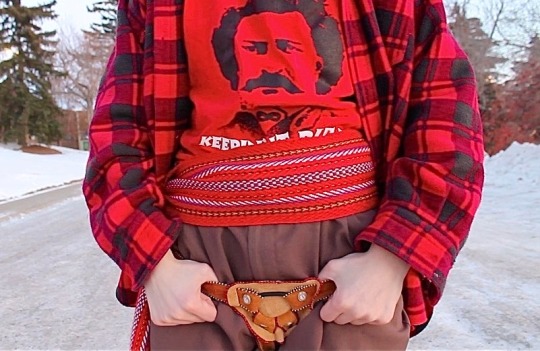
Fig. 4, 5, Starr, Riel. Otipemisiwak Fantasy Husband, 2022. Courtesy of the artist.
A Spectacle of Me for You: Otipemisiwak Fantasy (2022-present) is an ongoing body of work that explores the Métis identity through a modern and Indigiqueer lens, and through humour and the NDN belly laugh (Whitehead). The work consists of a series of photographs of myself wearing a costume I created using a combination of found and handmade garments. In the photographs from 2022 titled Otipemisiwak Fantasy Husband, (figs. 4 and 5) which have been printed in the form of stickers and two different postcard designs, the character Otipemisiwak Fantasy Husband (OFH), the masked trickster, poses with wood leftover from building a Red River cart in 2022. The aesthetics of survivance often incorporate embodying the skewed image that settlers have of the savage Indian, over exaggerating it so that that the joke remains in our own hands, and we can laugh at the ignorant moniyaw. In these photographs OFH is wearing a red and black lumberjack flannel over a red shirt with a black graphic of Louis Riel’s Face and white text that reads “Keeping’ it Riel,”. Around his waist is a ceinture fléchée, and a beaded leather strap on harness worn over brown dress pants. On his head is a latex mask of Louis Riel, his skin is placid and his features cartoonish, in the style of the masks of American presidents used in the 1991 film Point Break (directed by Katherine Bigelow) (fig. 6).

Fig. 6, Patrick Swayze, James Le Gros, Bojesse Christopher, and John Philbin in Point Break (1991), dir. Katheryn Bigelow. Image courtesy of Twentieth-Century Fox.
This work explores the aestheticization of colonialism through these political figures and latex masks which can be attributed to the abstraction of the real person from their caricature in history and in the cultural zeitgeist. One postcard design contains a full body shot of the character in a comically dominant pose with a log positioned suggestively between his legs, standing in for the strap on harness’s missing toy. The second design is a close-up shot of the character’s pelvis, the strap on harness visible with his thumbs hooked casually on the straps.
Referencing other Indigenous artistic personas such as Adrian Stimson’s “Buffalo Boy” and Lori Blondeau’s “Belle Sauvage” (fig. 7), my artwork including OFH satirises the settler-colonial understandings of Louis Riel as a violent traitor to the government by pointing to the ways his story has grown into a mythology of sorts in the eyes of Canadians in a similar manner to other related figures like the former presidents represented in Point Break.

Fig. 7, Stimson, Adrian; Blondeau, Lori. Belle and Boy’s Savage Buffalo Happy Hour. Image courtesy of Adrian Stimson and Lori Blondeau.
Like Stimson’s Buffalo Boy, my character represents an exaggerated Métis identity in order to “[…] camp up colonialism, sexuality, and authenticity,” embodying the trickster archetype like Buffalo Boy in the words of Stimson, “he’s campy, ridiculous, and absurd, but he is also a storyteller, who exposes cultural and societal truths,” (Rice, Taunton, Stimson). OFH mimics the over-sexualized settler-colonial perception of Indigenous masculinity, sexuality, and queerness and is an exploration of the ways in which my identity is tokenized: sexually, spiritually, academically, and culturally.
A Spectacle of Me for You: Otipemisiwak Fantasy is a way of participating in the phenomenon within contemporary Métis art of Louis Riel related kitsch objects that flood markets across the Métis homeland. Alongside and juxtaposing red and white Canadian kitsch that litters tourists' traps and contemporary art galleries across this land, appears the stoic face Louis Riel, gazing out at the country that has developed since his murder in 1885. As Marilyn Dumont puts it: “Riel is dead, but he just keeps coming back,” (70) Contemporary artists like Jessie Ray Short embody Louis Riel by taking on his likeness as a costume. The short film Wake up! (2015) (fig. 8) is a queering of this popular trend.

Fig. 8, Short, Jessie Ray, still from Wake Up!, 2015, video with sound, 5:58 min. Courtesy of the Artist, via Mount Pleasant Community Art Screen
The artist, transforms herself into Louis Riel by applying facial hair, a wig, and clothing to mimic the most famous portrait of Riel in a drag-esque performance. The work asks, “How do you explain a culture in small talk?” and is an example of the “re-examining the cultural significance of Louis Riel [that] allows us to consider the ways in which we can question representation while still respecting the importance this history holds.” (Junker)
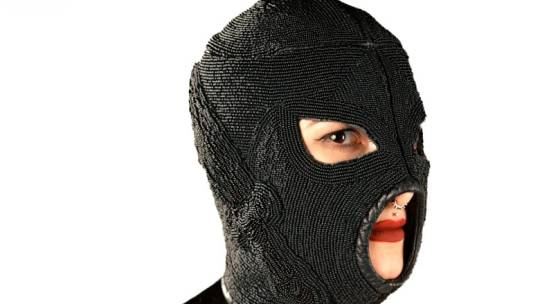

Fig. 9 (left), Danger, Dayna. Digital print of Adrienne Dagger, wearing one of Dayna Danger's fetish mask. Image courtesy of the artist and CBC news.
Fig. 10 (right), Danger, Dayna. Big’Uns: Adrienne, 2017. Courtesy of the artist’s website.
The beaded strap-on worn over the pants and the explicit nature of the posing is in reference to Dayna Danger’s Big’Uns (2017) (fig. 10) series, as well as their series of beaded fetish masks for their emphasis on material and process (fig. 9). The result is what Danger refers to as “the most Native BDSM thing ever,” to wrap yourself in beads. Like Danger’s beaded mask project, the Otipemisiwak Fantasy Husband persona came about partly out of a joke, the desire to make something humorous and sexy. Being queered by my Indigeneity, my sexuality, and gender, I consider Sara Ahmed’s words from the introduction of her book Queer Phenomenology: Orientations, Objects, Others,
“A queer phenomenology, perhaps, might start by redirecting our attention toward different objects, those that are “less proximate” or even those that deviate or are deviant. And yet, I would not say that a queer phenomenology would simply be a matter of generating queer objects,”
The emphasis on the strap-on harness points to a specific queer object with cultural associations within the concept of queer phenomenology and orientations. It functions not only as a deviant object or a queer object but also an Indigiqueer “orientation device,” (Ahmed, 3).
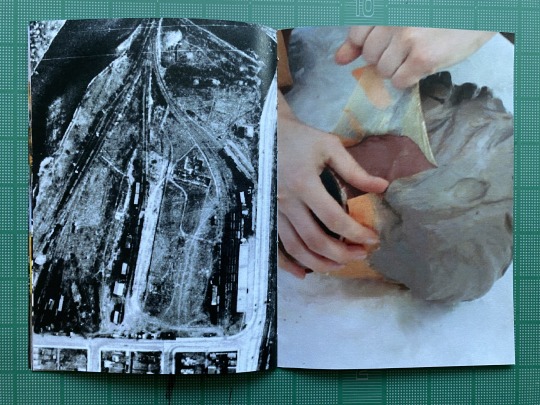
Fig. 11, Starr, Riel. Spread from Reading Marilyn Dumont to A Railway Berm, 2023. Image courtesy of the artist.
The most recent work in A Spectacle of Me for You: Otipemisiwak Fantasy is a performance titled Reading Marilyn Dumont to A Railway Berm (2023) in which OFH, sporting a new fringed leather jacket and matching tan suede Manitobah Mukluks reads poetry by Métis poet, author, and academic Marilyn Dumont to the dismantled railway that once entered the former Fort Calgary. The title of the poem is A Letter to John A. MacDonald and the author directly addresses the first prime minister and informs him of his failed railroad project. In addition to the Louis Riel mask, I had also begun the process of making a mask in the image of John A. MacDonald but had not found a use for it until reading the poem by Dumont. The performance is documented in the form of a hand-bound zine using imitation sinew, with photo documentation of the performance of reading to the railroad and John A. as well as the action of “scalping” the John A. mask to remove it from the base. This is contrasted with documentation of the site using both historical and modern images taken during the performance and sourced from the museum of Fort Calgary’s website (fig. 11).

Fig. 12, Starr, Riel. Prairie Vessel, 2022. Image courtesy of the artist.
Prairie Vessel (2022) (fig. 12) is an exploration of Métis aesthetics of survivance, specifically the Red River Cart and its material and physical qualities, as well as its history and symbolism in our culture. The Red River Cart is represented in the contemporary Métis Nation of Alberta and Manitoba Métis Federation logos, the cart being revered as an important symbol of survivance to our people. Historically the carts were built without the use of standardised measurement or plans, however there were two defining design features common to all Red River carts; their two wheels and lack of any metal joinery, only using wood and rawhide in their construction. The research for this piece included scouring online databases like the Louis Riel Institute and the Gabriel Dumont Institute in order to find any sort of construction plans for the carts. George Fayant is one of the few Métis makers with this skill, and has been building them for over two decades, since 1998 (Patterson). Prairie Vessel (2022) is a study of Métis material culture out of the need to preserve a lesser-known art form, and to practise survivance both personally and for my people so that I may keep knowledge and ways of making beyond alive, to keep them thriving in the spirits of my ancestors and all living Métis.
I am just one Halfbreed, but I am still Halfbreed. My ancestors' spiritual and genetic material makes up my personhood and part of that personhood is in all Métis. I do not yet know who I am to my people, but I carry an important name and an old spirit. I would like to be a trickster, “lotta raven in that one,” they’ll say (Maracle, 19). I would like to be like old James Bird Jr., trickster, trader, smart as a whip, a deadly sense of humour, and mean to missionaries. Wiisakayachack, Nanabush, Bluejay, Raven, Coyote, Li P’tchi Mond, Chi Jean, James Bird Jr., I long to be a chakapish.
Works Cited
Ahmed, Sara. Queer Phenomenology: Orientations, Objects, Others. Duke University Press, 2006.
Barkwell, Lawrence. Métis Mythology and Folklore: Mythological figures. Métis Museum, Louis Riel Institute.
Belcourt, Billy-Ray, et al. A History of My Brief Body. Two Dollar Radio, 2020.
Bigelow, Katheryn. Point Break. Twentieth Century Fox, 1991.
Danger, Dayna. “The most Native BDSM thing ever”: Dayna Danger’s Fetish Masks Challenge Indigenous Sexuality Taboos. CBC Radio, 2018.
Danger, Dayna. Big’Uns: Adrienne. The Resilience Project, 2017.
Dumont, Marilyn. A Really Good Brown Girl. Brick Books, 1996.
The Hudson’s Bay Company History Foundation. The Bay, “Shopping is Good” advertisement, 2000.
Junker, Jocelyn. Capture Photo Festival: Jessie Ray Short’s Wake Up! (2015), 2022.
Maracle, Lee. A Really Good Brown Girl: Introduction. Brick Books, 2019.
Patterson, Dayne. Red River cart unveiled at U of S celebrates Métis presence on campus. CBC News, 2022.
Rice, Ryan, and Carla Taunton. “Buffalo Boy: Then and Now.” Fuse Magazine, vol. 32, no. 2, 2009, pp. 18–25.
Sealey, D. Bruce. Stories of the Métis /. Manitoba Metis Federation Press, pg. 1, 1973.
Short, Jessie Ray. Wake Up!, 2015. Mount Pleasant Community Art Screen, 2022.
Stimson, Adrian, “Buffalo Boy: Then and Now.” Fuse Magazine, vol. 32, no. 2, 2009, pp. 18-25.
St-Onge, Nicole J.M. “The Dissolution of a Métis Community: Pointe à Grouette, 1860–1885.” Studies in Political Economy 18.1 (1985): 149–172. Web.
Toneguzzi, Mario. Hudson’s Bay Co. Launches Strategic Rebranding Amid Privatization. Retail Insider, 2020.
Vizenor, Gerald. Fugitive Poems: Native American Indian Scenes of Absence and Presence. Lincoln, Nebraska: First Bison Book 2000, p.15.
Whitehead, Joshua. Full Metal Indigiqueer: Poems. Talon Books, 2017.
Wilson, I. Former Jean Caron Sr. House, Parks Canada, 2002.
#this is my grad paper!!!!!#riel text#undergrad#art writing#contemporary art#indigenous#métis#michif#my work#writing#academia#academic writing#my practice#indigenous art#first nations art#please read or else!!!
27 notes
·
View notes
Text
painting in egg tempera for the first time in 6(?) months !!! after all the moving !! and it makes me feel so joyous :'^)
#every once in a while i have a little mental crisis about the validity of figurative painting in contemporary art#and then i paint my silly little tempera studies to practice medieval illumination for my manuscripts abt trans medieval people and i get !#soooo happy !!!!!!!!!#my health has had a dip lately so this is the first time in a long while i feel well enough to paint 🌟#and its while friends are over having a wonderful time (and tipsy oops)
5 notes
·
View notes
Video
Drawing around the body, 2010 Pencil,cyanotype and ink on paper with astronomical data. by Russell Moreton
Via Flickr:
russellmoreton.blogspot.co.uk/ independent.academia.edu/RussellMoreton Practitioner using the creative receptiveness of material together with the inclusion of drawing to harbour transits and passages of human presence, vulnerabilities centred around the human condition. My work adopts strategies which articulate a sense of absence and anonymity within the abandonment of the work to its location. I feel drawn to this registering of passage, encounter together with its farewell. The choice of materials gathered together implies a personal geography, with both an emotional and aesthetic sense of locality and place. The performative recording by physical means which renders itself as a trace of human presence, now becomes a vacant territory open for the consideration of others. My work continues to investigate this sense of material response with the performative trace of a human absences. The place-ment of these acts attempts to promote thresholds from which to reflect upon spatial, sociological and psychological conditions and perceptions. Currently working in clay, low fired to produce and promote a fragile vessel. This vessel is installed to act as a dwelling presence reverberating in a resting place. from which work is drawn into the human form to register a surface of absences resulting from past gestures and solitudes. Order and randomness, meticulousness and impulsiveness, drawing excess and graphic reduction are just some of the vibrant, tension-loaded poles that characterize the large-format drawings of the German artist Jorinde Voigt (b. 1977). Her works condense various elements of the cultural environment in the dynamic sequences of strokes, turbulently curving lines, diagrammatic structures, numbers, word fragments and collaged color areas of her drawings – which the passionate cello player refers to as “scores” or “notations”. She systematically analyses pop songs or pieces of classical music, kisses, temperature profiles, an eagle’s flight-path, horizon lines or the color values of individual plants and the contents of philosophical texts. Voigt uses measureable parameters like place, time, or sound volume, and self-defined rules or selected algorithms, and combines these fragments and impressions of reality to produce dynamic relational structures, thus creating a polyphony of different ways of perceiving the world. Jorinde Voigt’s largest solo exhibition to date – which builds a bridge from her early notations, reminiscent of classical conceptual art, to her most recent works that reflect the human desire to fly – traces the development of the specific system of symbols the artist uses to document and orchestrate processes of perception, imagination and thought. Curator: Stephanie Damianitsch Russell Moreton a visual artist uses simple gestures of drawn Human traces gathered and presented amongst natural materials. Exploring themes around the Human condition, vulnerability and abandonment. Materials are employed to further underpin our sense of place and time. The act and gesture of drawing adds a ephemeral mark amongst the materiality and locality of place. Currently using clay to register these themes, installing work Augury Vessel 2010 into Chapel Arts as part of their research residency programme.
#glass#stained#astronomy#starchart#body in space#anthropology#territories#artists body#contemporary drawing#hestia#hermes#panspermia#elder-flower#cyanotype#art#cameraless photography#alt#drawing#a-discursive ---practice-#entanglement#confluence#abstractions#bricoleur#interesting details#surfaces#abstract surfaces#diversions#contradictions#anomalies#myriad
2 notes
·
View notes
Text
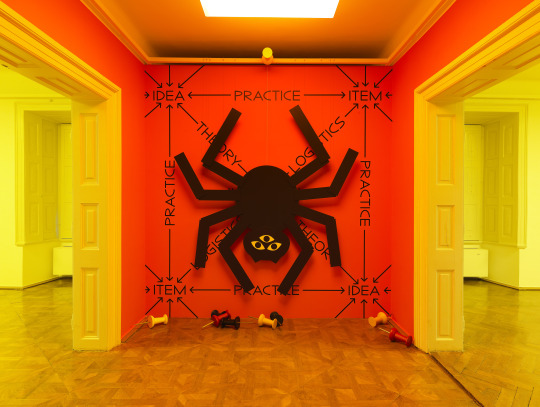
Middleman (The Spider)
mural, adhesive foil, painted MDF, steel, 2023
#honza zamojski#drawing#sculpture#narration#contemporary art#art#practice#logistics#theory#idea#item#mglc#ljubljana
6 notes
·
View notes
Text
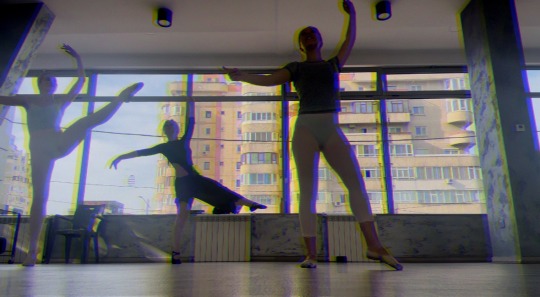
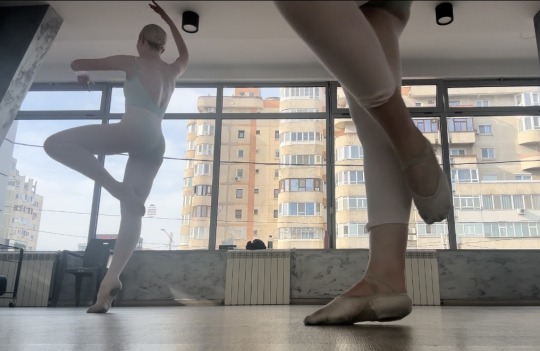
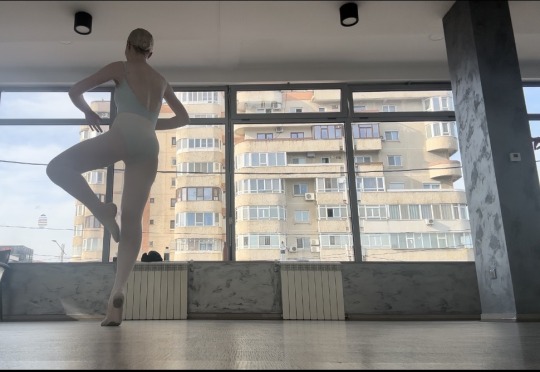
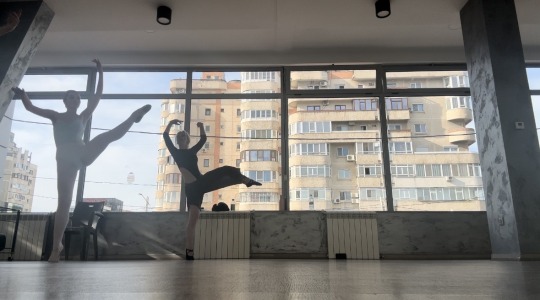
🩰
#dancers#dark academia#dance#dance practice#contemporary art#female hysteria#ballet#ballet dancer#dancer#girlblogging#balletcore#ballerina#ballet shoes#femcel
9 notes
·
View notes
Text


Awful that they don't even sell postcards of these lil dudes! Like in an ideal world, the museum sold replica amulets but nooooo.....
#saw some cool things on museuminsel! also saw some very not-cool things!#the irony of seeing human remains in a museum the same weekend the US banned doing that without permission is not lost on me#other beef: mediocre to bad accessibility for ppl with physical disabilities#weird thing (to me): no postcards or artbooks for temporary exhibits. a thing i'm very used to in US museums.#commercialism yadda yadda but it seems odd to go through the effort of curating these exhibits and not commemorate them#the contemporary ukrainian art next to classical art was cool and they'd already done writeups for each... why not collect those in a book?#interspersing pieces within the permanent collection was cool in theory but in practice they were hard to find even with a map of them
5 notes
·
View notes
Text

#my art#landscape practice#landscape painting#acrylic painting#contemporary impressionism#contemporary artist#traditional artist#traditional art#blue painting#sunset painting#sunrise#hiking#hikers#natural#natural state#arkansas#georgia#state park#trees and forests#clouds#skyline#artists of tumblr#artists on tumblr
12 notes
·
View notes
